
Philips goes ‘home repair’ with 3D printable parts
The company recommends not to modify the files or change the printing orientation to avoid compromising the durability and functionality of the parts.

The company recommends not to modify the files or change the printing orientation to avoid compromising the durability and functionality of the parts.

Svante Technologies Inc.'s new plant will produce filters with MOF technology to capture CO₂ in industrial sectors such as cement, steel and waste.

The recycled material tripled the strength of nylon and increased its stiffness eightfold.
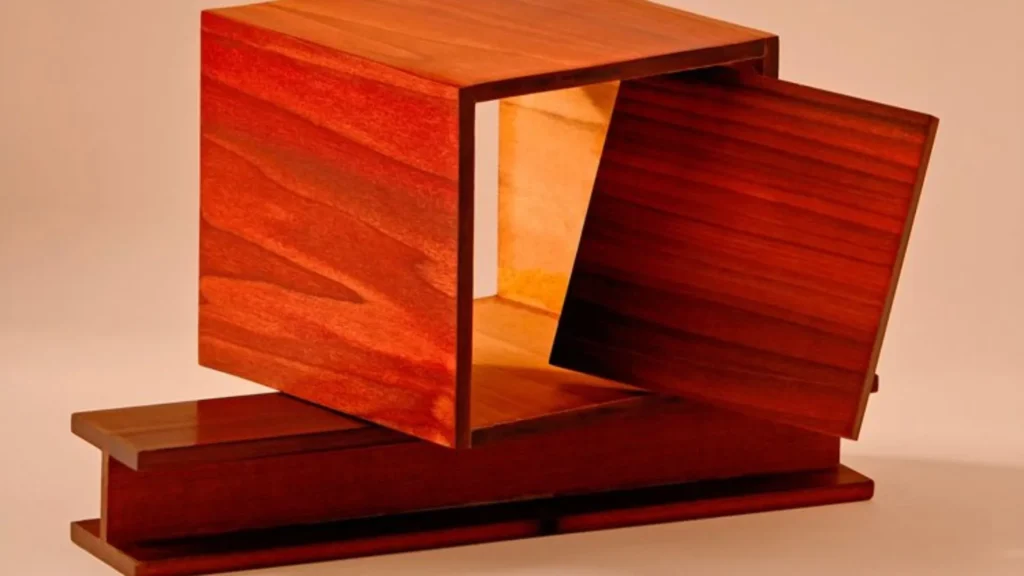
One cubic meter of Superwood can support more weight than a steel beam of the same size and is 10 times lighter.
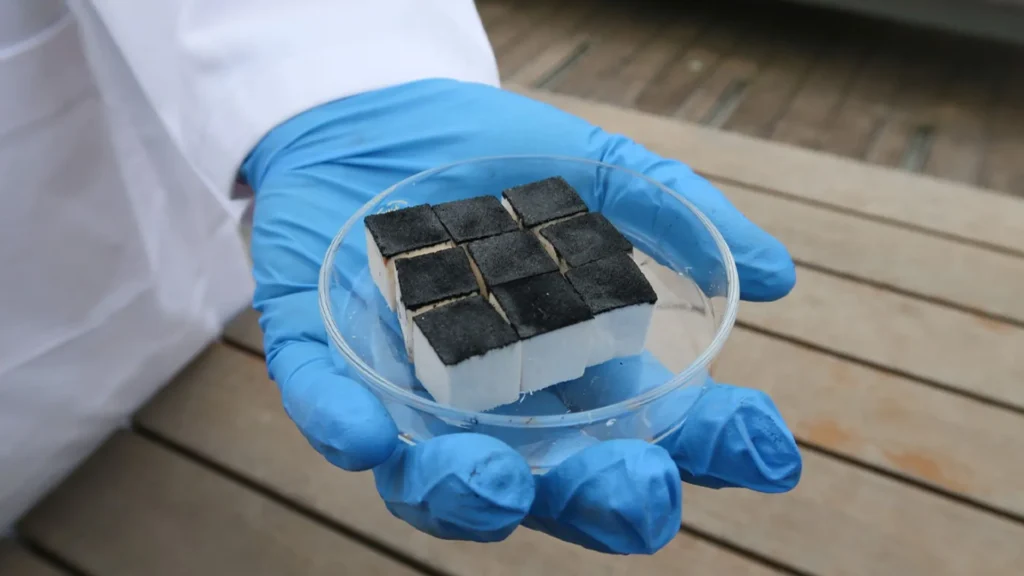
The system converts ambient humidity into potable water using solar energy, even with only 30% humidity.
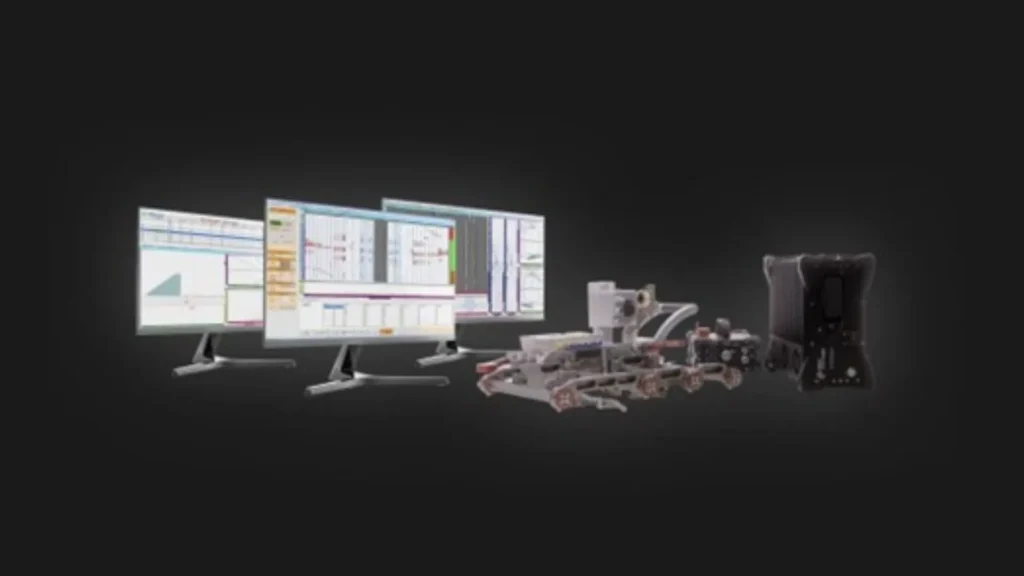
WeldXprt delivers an all-in-one AUT system for faster, more reliable weld inspections— engineered for productivity, precision, and code compliance.
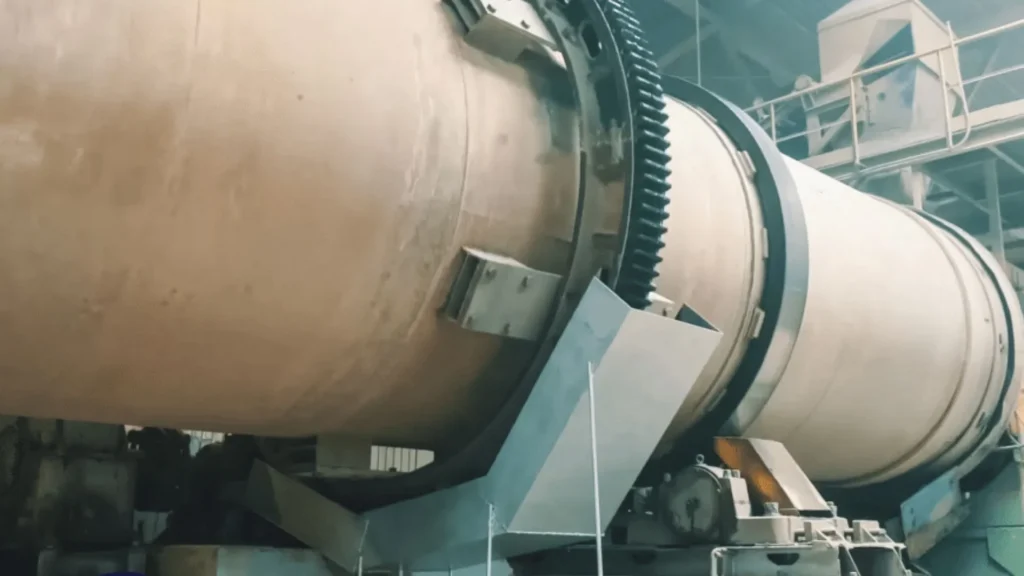
The new solution was able to detect a loose bolt in a rotary kiln operating at 25 RPM, preventing a potential fire and losses in excess…
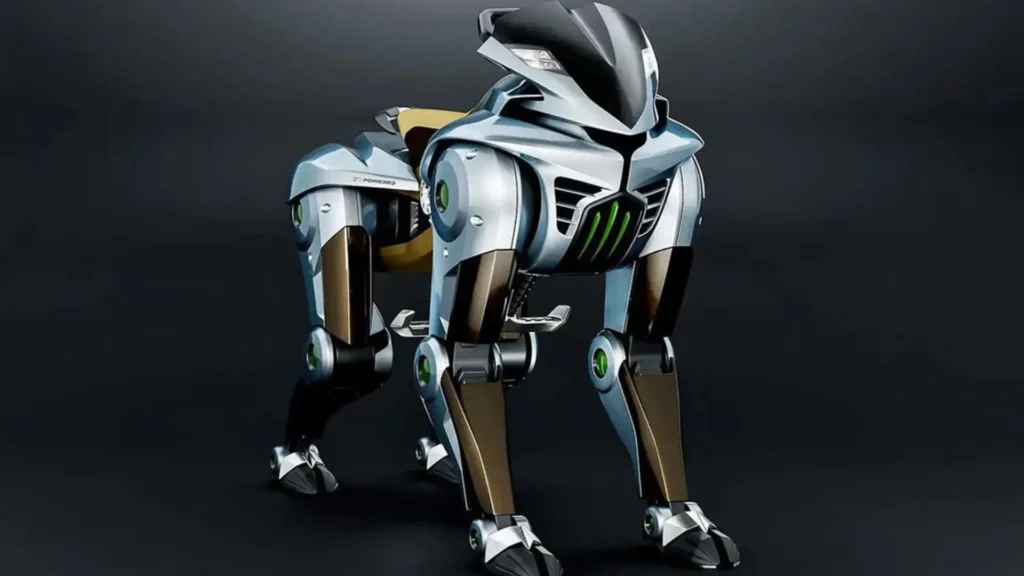
CORLEO moves on four independent robotic legs powered by a 150 cc hydrogen engine, combining biomechanics, sensory intelligence and clean energy.
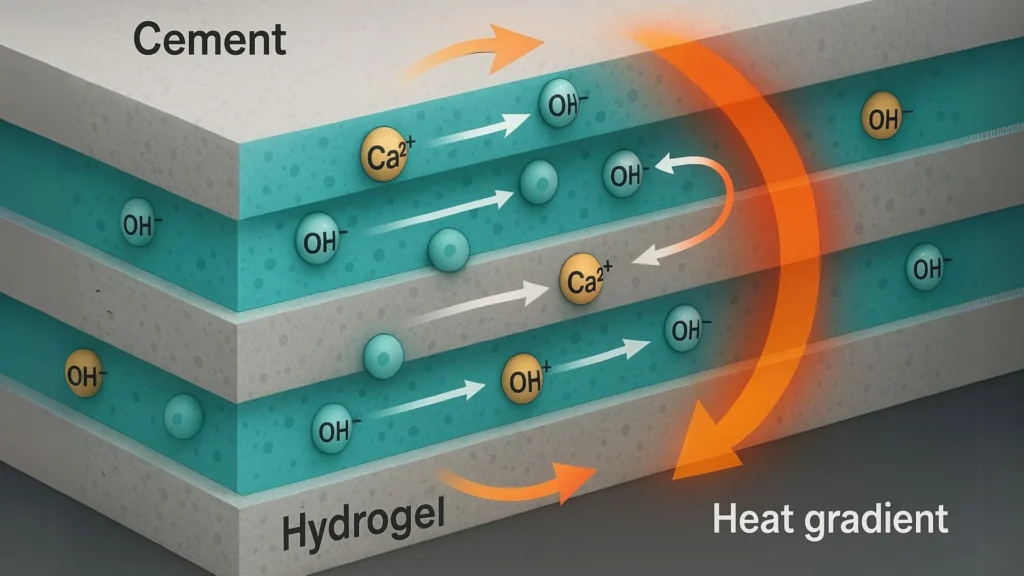
The combination of mechanical strength, electrical performance and biomimetic design makes this concrete a viable option for future infrastructures.
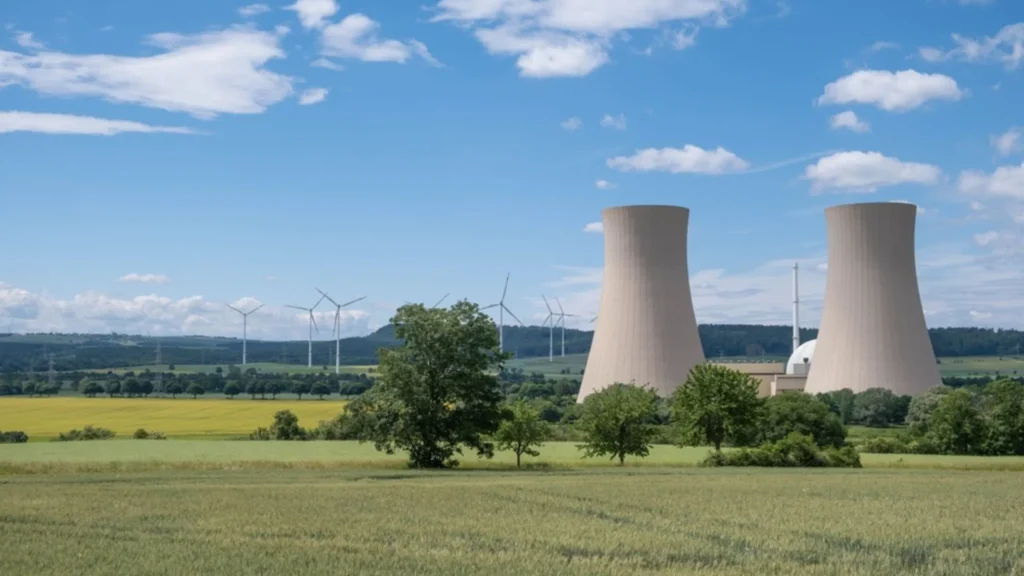
Predictive tools make it possible to design more resilient materials and optimize costs in physical testing, thus accelerating the commercial development of fusion energy.
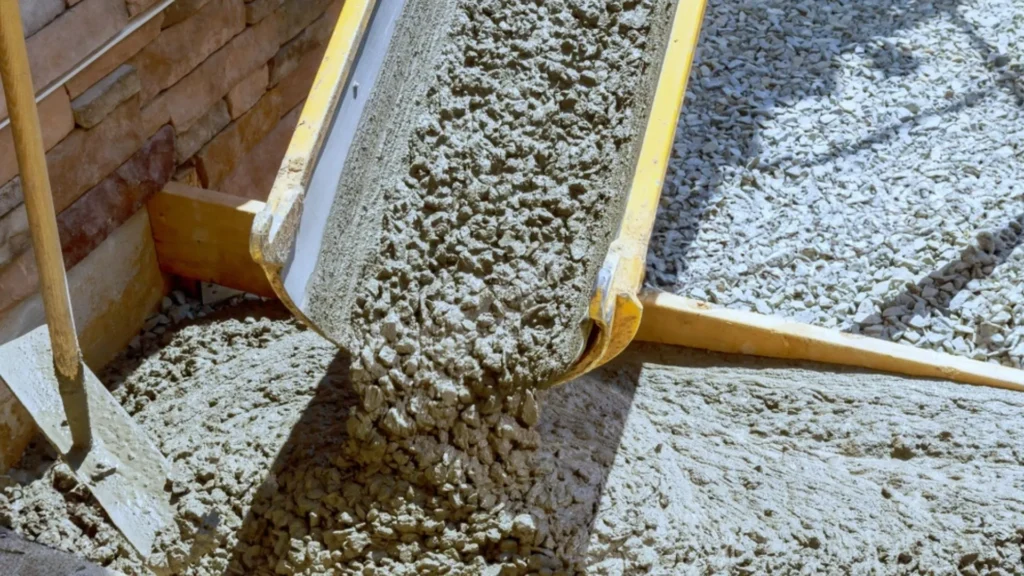
These types of materials have a potential impact on reducing CO₂ emissions and could improve construction in the future.

The process developed by Western Digital and its partners allows for the recovery of up to 90% of rare earths from hard drives using an acid-free…